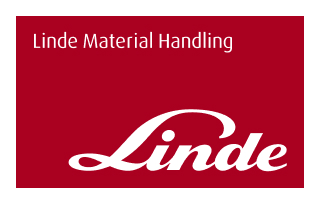- Blog
- General


All businesses that have a materials handling aspect should always seize the opportunity to introduce and enforce safety systems in the workplace. Just one serious workplace accident could be enough to break a business, or at least have severe consequences.
When it comes to materials handling, safety is not an option: there’s simply no room for error. Accidents mean lives. A quick glance through the statistics of workplace accidents reveals that forklift accidents remain a considerable cause of injury, and even death in Australia. Linde offers safety solutions for materials handling equipment for every line of business and size of operation. Our goal is to enhance operator safety, improve efficiency and provide safer and more comfortable working environments for both managers and staff.
YES! Although many operators prefer not to (especially if they are getting off and onto their vehicle regularly), wearing a seat belt is absolutely necessary for their own safety. As a business owner, it’s your job to ensure that safety comes first and install a system that makes wearing a seat belt compulsory.
Linde has the perfect solution: the Orange Belt. This personal restraint belt has a highly sensitive fastening indicator which detects whether or not the belt has been correctly fastened. The technical recording system behind the Orange Belt even monitors the sequence of events in the fastening process: i.e. that the driver has sat down before securing the seat belt. This ensures that the driver is not entering and exiting the vehicle, leaving the belt done up, and merely sitting on top of the fastened belt. If the driver is operating the truck without wearing a seat belt, this will be recorded electronically, and a warning signal light will be clearly visible to anyone in the area. Integrated data recording allows managers to access daily reports of how each vehicle is being operated.
A large percentage of accidents involving materials handling equipment can be traced to human error. The seat belt itself may not prevent an accident but it can certainly help to minimize the consequences. In the event of the truck toppling, the seat belt will help to restrain the driver and prevent him/her from being thrown or tipped from the vehicle. In accidents involving trucks rolling, often the operator’s natural instinct is to jump from the vehicle, which can result in them being trapped beneath the vehicle. A seat belt will help to avoid this situation too.
As a business operator, a big part of your job is to enforce safety. Your staff and business personnel are your first responsibility and ensuring that their working environment is safe and comfortable should be your number one priority. Linde can help you ensure that your materials handling equipment is right up there with the best, and provide training for all business personnel.